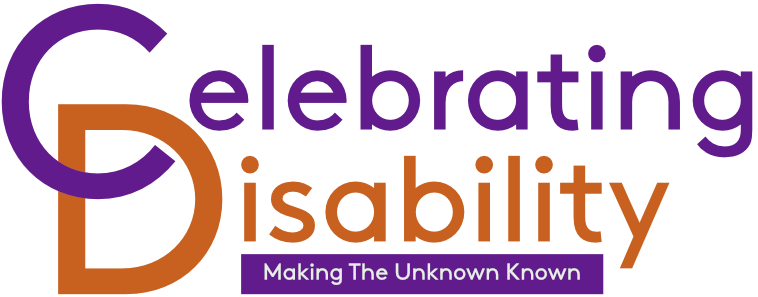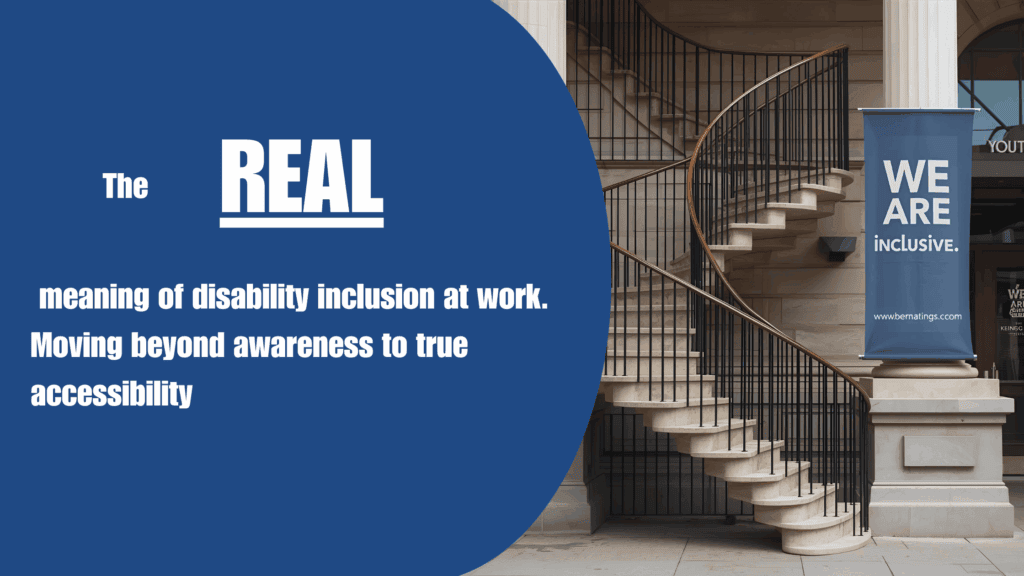The Business Case

These are just a few of the comments that can be heard when people are talking about part-time employees and workers. Many employers believe that staff members can only be productive if they’re working between the hours of 9 – 5 with a 30 minute break at lunchtime. For many employees this is impractical and nearly impossible. A few reasons preventing a potential employee from working conventional hours may include:
-
Having children
-
Caring for a family member or friend
-
Approaching retirement age and wanting to wind down
-
Barriers faced by public transport preventing people from reaching the workplace for a conventional time
-
Having a disability
In this blog I will concentrate predominately on disability. However, the points that I will cover can be utilised amongst the rest of your workforce.

Flexible working patterns.
As well as offering physical and emotional support to an employee in the workplace, employers also have an opportunity to offer flexible working patterns in environments that are accessible to the individual. For example, an employee with back related issues may not be able to sit at a desk for long amounts of time due to pain. Therefore, the workplace may offer the person the flexibility to move around the office whenever necessary.
A person with an anxiety related disability may struggle to travel in rush hour therefore they may be offered the opportunity to start and finish an hour later. In particularly busy times of the year, they may be allowed to work from home. It may be as simple as offering somebody the ability to wear headphones in the workplace in order for them to cancel out noise. An employee with a physical disability may be limited to some extent by the support they rely on to carry out their role; I rely on such support and if my PA is ill, I cannot go to work. An employer or manager may negotiate with the employee the ability to work from home or extend deadlines in the event of such occasions.
Part time workers.
Just like above, the barriers faced by disabled people may prevent an individual from being able to work full time. These barriers may be caused by fatigue, lack of outside support, lack of transportation or barriers caused by physical disabilities to name just a few. This however does not prevent a person from being a valuable member of a workplace. By working part-time, an employer can still utilise the experience and skills of the employee. As above, part-time workers do not necessarily equal conventional hours. The part-time hours negotiated can be unique to the job role and what an employer agrees upon.
It is always advisable to talk to your existing and potential employees about their individual needs. Like everyone, no two disabled people’s needs will be identical therefore constant communication should always be the priority. Without the right support, an individual can struggle to achieve so always try to create an open environment.
#PartofMe talks to disabled people who have overcome such barriers. Hear advise they offer to line managers and other disabled people.




